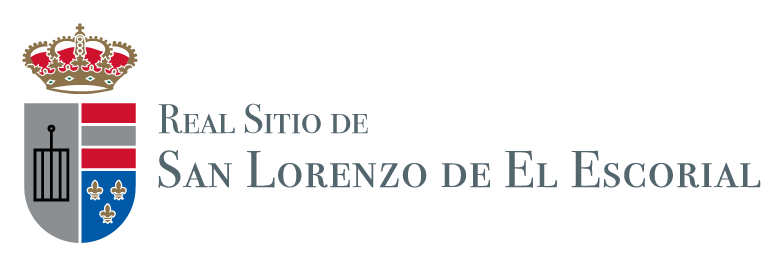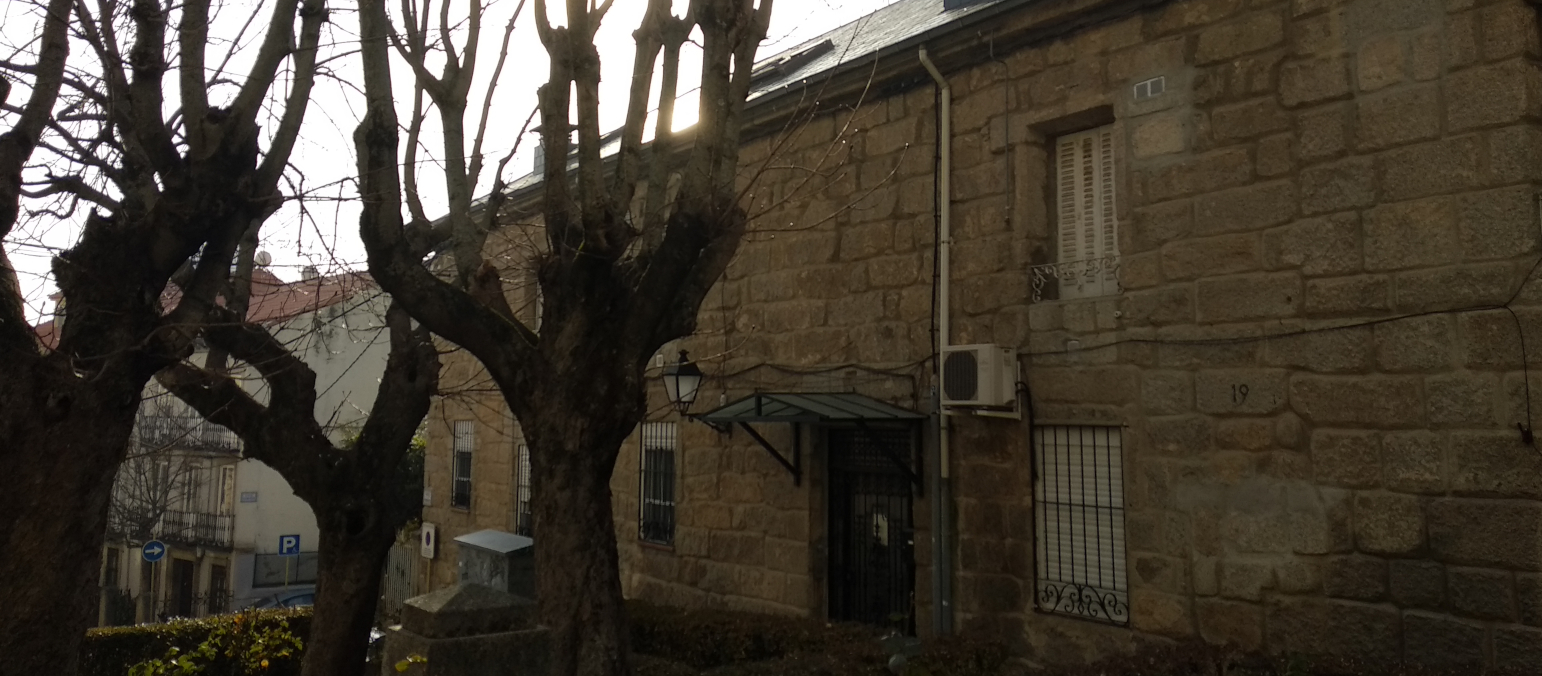This is one of the few 16th-century buildings still standing, and is perhaps the oldest house in the town. It has survived in part thanks to its robust construction and its design. The walls are made of stone blocks topped by a simple masonry cornice. The composition resembles traditional forms, indicating the lack of a named architect and style.
Built between 1562 and 1584, it was one of the group of houses enclosing the northern end of the stand of chestnut, holm oak, oak and hazelnut trees planted opposite the entrance to the Monastery.
It is believed to have been built as the residence of Jacometrezzo, the sculptor and lapidary responsible for the Tabernacle of the Basilica of El Escorial. Herrera and Trezzo became such good friends that the architect himself designed a house for him in Madrid.
During the 19th century ownership of the house passed from the Order of St Jerome to become a Crown Asset, before being taken over by the State following the General Confiscation or Madoz Act of 1855.
Following the 1868 revolution the building entered private ownership as a temporary residence.





